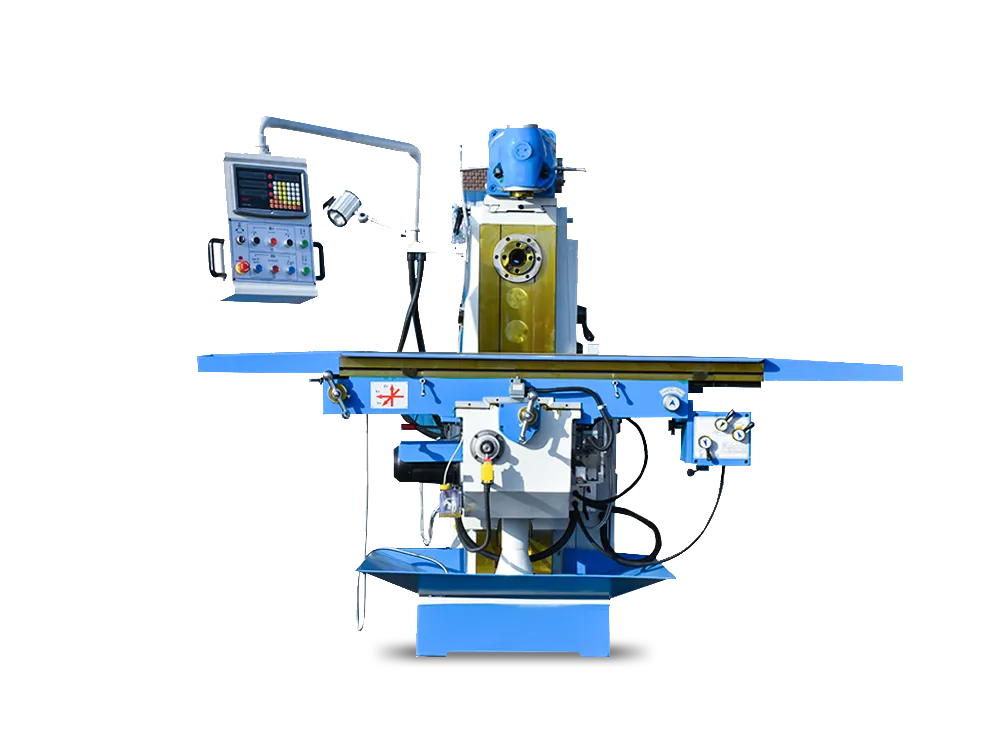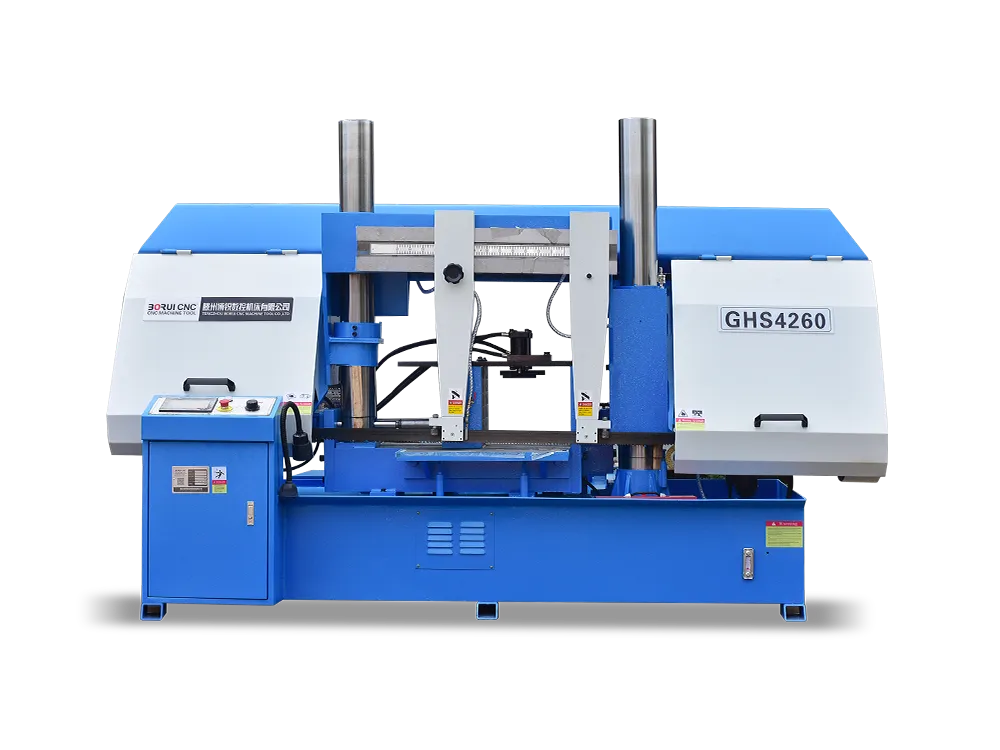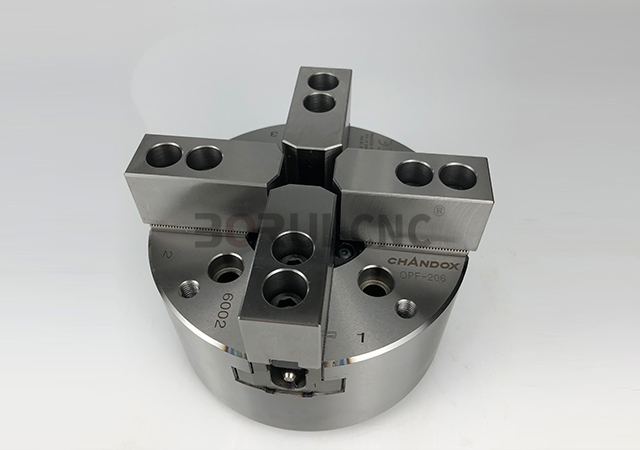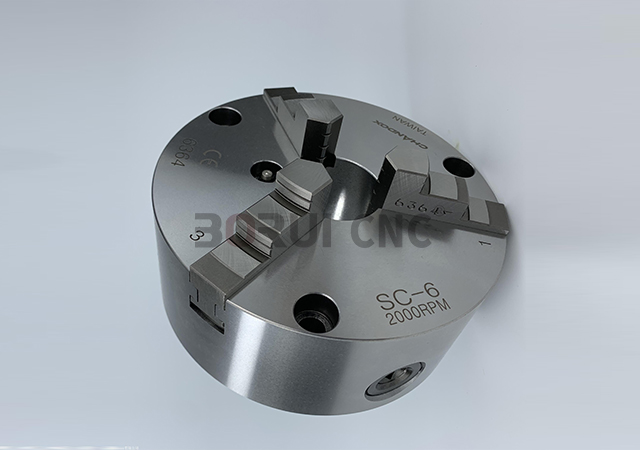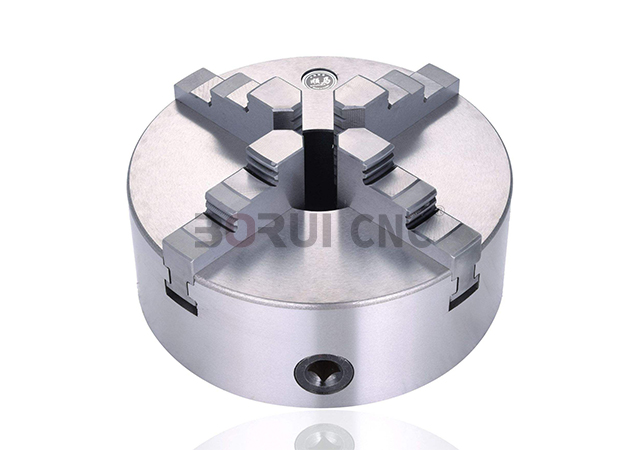
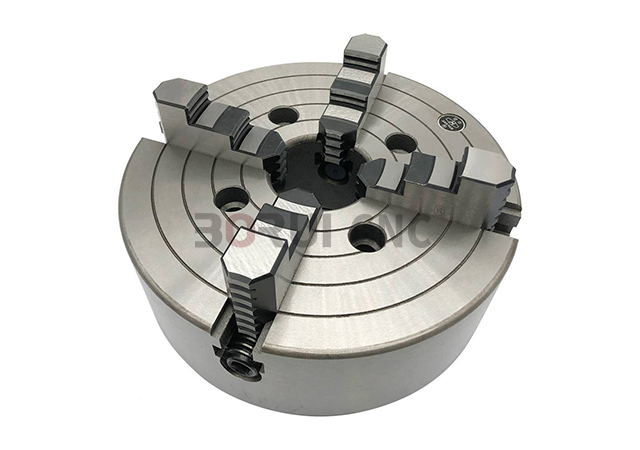
The chuck of CNC lathe is an indispensable part of CNC lathe processing. It is an important device for clamping workpieces. It is mainly installed on the spindle of the lathe. The rotation of the spindle drives the rotation of the chuck to achieve cutting. . It determines the clamping method and machining accuracy of the workpiece. When choosing, the manufacturer must choose according to the actual situation of its own products, so as to make it play more. Good effect, how to choose the chuck of CNC lathe? Here are some considerations:
1. Select the appropriate chuck type according to the shape and size of the workpiece.
Generally speaking, chucks are divided into three-jaw chucks, four-jaw chucks, six-jaw chucks, and pallet chucks. Each chuck has its applicable processing range. For example, three-jaw chucks are suitable for processing round and smooth parts, four-jaw chucks are suitable for processing square and hexagonal parts, and six-jaw chucks are suitable for processing irregularly shaped parts.
2. Select the appropriate chuck material according to the material of the workpiece.
Generally speaking, the material of the chuck should match the material of the workpiece to ensure the clamping force and machining accuracy. For example, for workpieces made of hard materials, chuck materials with higher hardness should be selected, such as cast iron chucks or steel chucks; for workpieces processed with soft materials, chuck materials with lower hardness should be selected, such as aluminum Alloy chuck or copper chuck.
3. Select a suitable chuck according to the precision requirements of the workpiece.
Generally speaking, machining parts with high precision requirements need to choose precision chucks, such as pneumatic chucks or hydraulic chucks, to ensure machining accuracy and stability. For workpieces with lower precision requirements, mechanical chucks or manual chucks can be selected to reduce costs and improve production efficiency.
4. Select the appropriate chuck specification according to the shape and quantity of the workpiece.
Generally speaking, the larger and heavier the workpiece, the larger the size of the chuck required; the smaller and lighter the workpiece, the smaller the size of the chuck required. At the same time, if the number of processed parts is large, multiple chucks can be selected to improve production efficiency.
In order to ensure that the lathe chuck can still ensure good accuracy after a long period of use, the lubrication work becomes particularly important. Improper or improper lubrication will lead to abnormal function at low pressure, weakened clamping force, poor clamping accuracy, abnormal wear and seizure, etc., so the chuck must be properly lubricated.
First of all, apply molybdenum disulfide grease at least once a day, and inject the grease into the chuck nozzle until the grease overflows the jaw surface or the inner hole of the chuck, but if When the chuck rotates at high speed or a large amount of water-based cutting oil is used in processing, more lubrication is required, which must be determined according to different situations.
Secondly, be sure to clean the chuck body and slideway surface with wind or similar tools at the end of the operation. The next thing to do is to remove the chuck for disassembly and cleaning at least every 6 months, keep the sliding surface of the jaws clean and lubricate, so as to increase the life of the chuck. And use cutting oil with anti-rust effect to prevent rust inside the chuck, prevent the chuck from rusting and reduce the clamping force, so that the workpiece cannot be clamped.
In short, when selecting a chuck for a CNC lathe, it is necessary to consider factors such as the shape, material, accuracy requirements, and quantity of the workpiece to select the appropriate type, material, and specification of the chuck to ensure processing quality and production efficiency.


